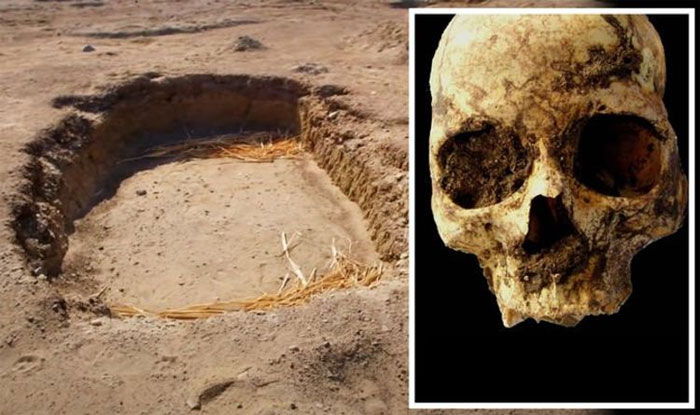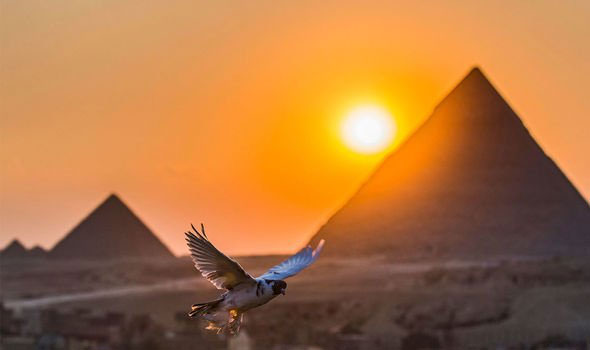Recently, Egyptian archaeologists discovered a prehistoric Egyptian cemetery, which is notably unlike anything they have found before.
Ancient Egypt boasts a rich historical tapestry, a mysterious civilization that captivates the imagination of millions. British Egyptologist William Matthew Flinders Petrie once published his research, highlighting fragments from the colossal statue of Ramses II, an Egyptian pharaoh.

Discovery of a “unique” cemetery from prehistoric Egypt. (Photo: Youtube).
It is known that pharaohs began ruling Egypt around 3000 BC, when Upper and Lower Egypt were unified. The regime was abolished in 343 BC; however, the pharaohs established themselves as immortal kings of the land through magnificent and grandiose tomb architecture. Nevertheless, there existed an even older society before the time of the pharaohs.
Prehistoric Egypt spans from the earliest periods of human settlement to the onset of the pharaohs’ reign, where kings ruled over their subjects. In 2015, archaeologists conducted excavations at Hierakonpolis, the religious and political capital of Upper Egypt at the end of the prehistoric era, and encountered an unprecedented sight. Their findings were revealed in a documentary on the Smithsonian Channel, “Secrets: Monsters of the Pharaohs.”
The excavations led by archaeologist Renée Friedman and her team uncovered a series of animal remains sourced from across the African continent. Further investigations clarified that these animals were kept in captivity for human use.
For Friedman, there is only one plausible explanation: “Essentially, this is the world’s first zoo. They did this over 6,000 years ago, even before the invention of writing, even before the wheel was created by potters. And most notably, this structure predates the king’s pyramids.”

The ancient civilization of Egypt is perhaps best known for its pyramid constructions. (Photo: Getty).
Animal species played a vital role in the religious symbolism of Egypt, shaping the legendary artistic style of the country and also influencing the culture of subsequent kingdoms. Friedman stated: “Many of these animals were buried at the same time, as their dating is almost identical.”
Interestingly, the animals did not die of natural causes; they were systematically killed and buried around the rulers. In front of the tomb of a ruler, Friedman explained: “This ruler, like others around, was buried among several animal species. There was a leopard, a baboon, an oryx, a crocodile, and an ostrich.”
Her team’s research indicates that when a ruler died, the animals were killed and buried alongside them. This was likely to ensure that they would protect and accompany the ruler to the afterlife.


















































